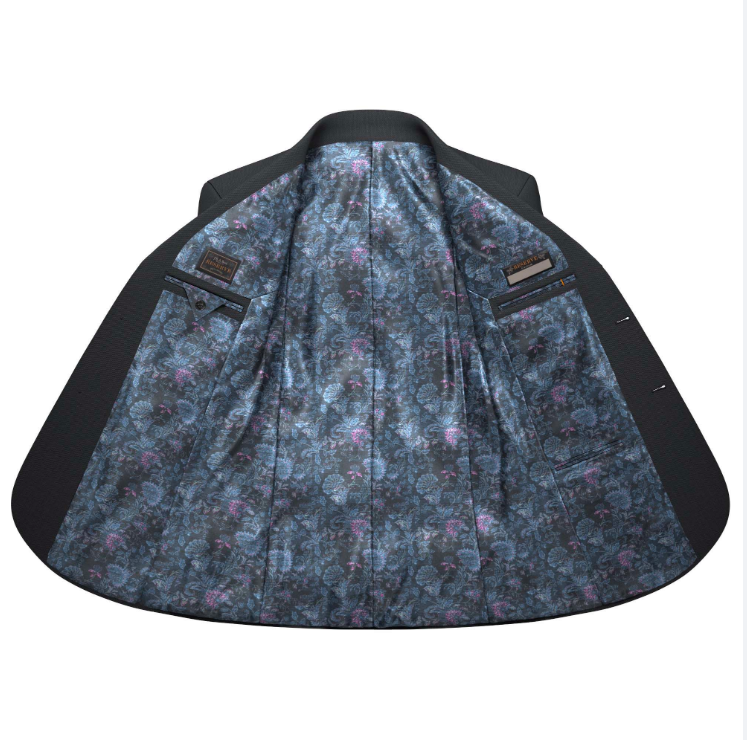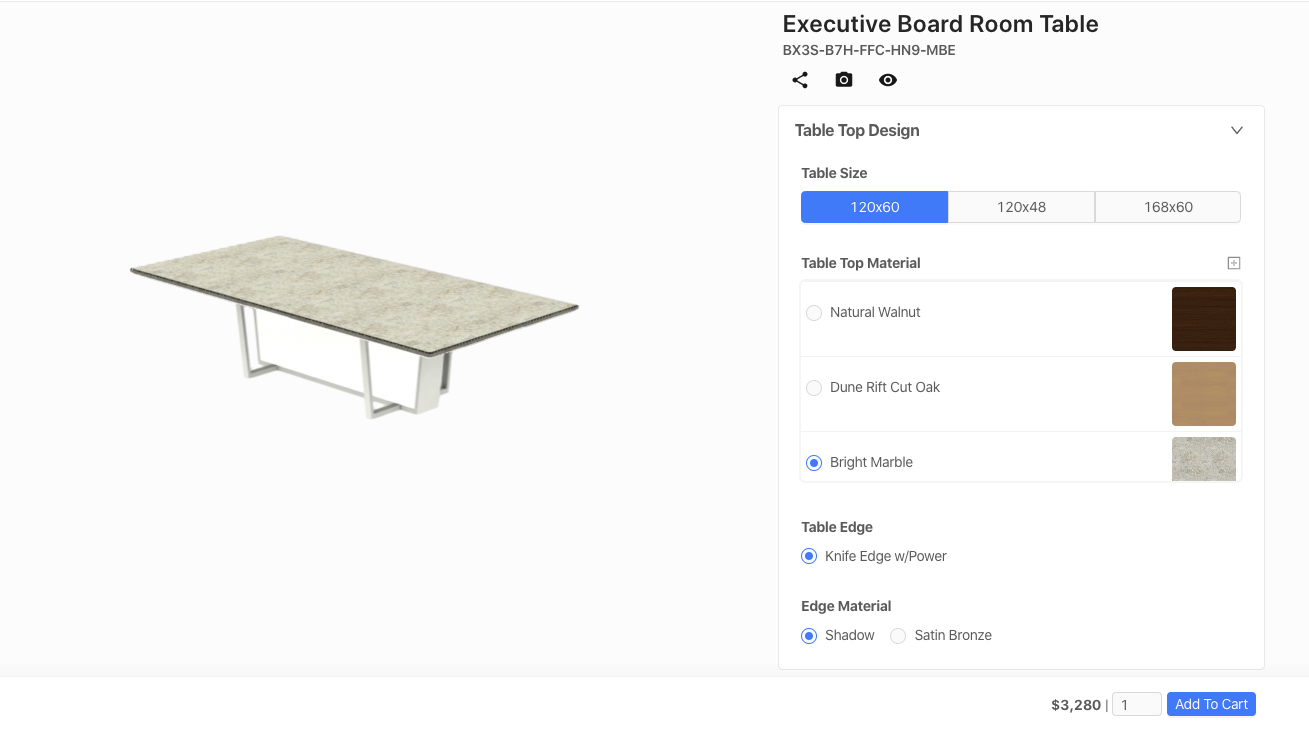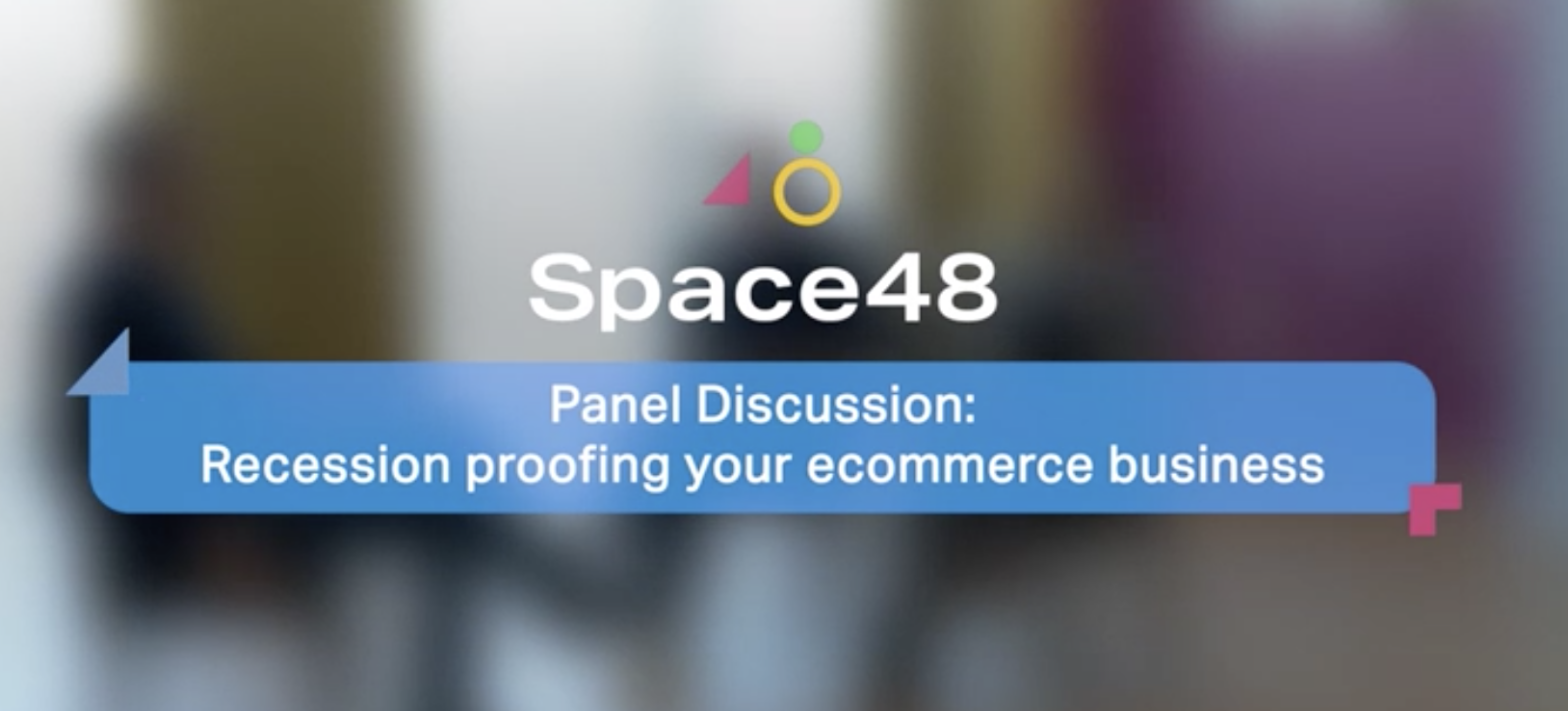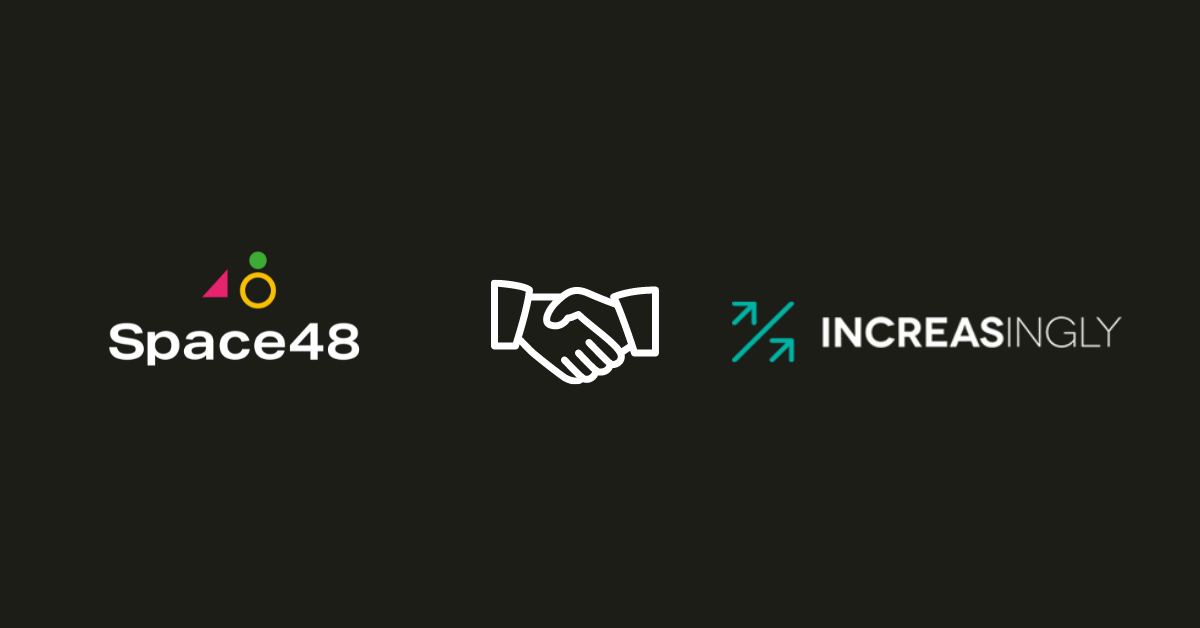Succeeding with ecommerce in a COVID-19 world

In just a few weeks, the business landscape has changed.
Covid-19 has caused one of the most radical disruptions to buying habits ever seen – with customers forced to stay at home instead of eating in restaurants, drinking in bars, shopping in stores, attending conferences, and meeting with salespeople.
Almost instinctively, consumers have turned online to seek ways to purchase goods and access services, causing ecommerce transactions to soar. And while shelter-in-place and stay-at-home orders won’t last forever, the behavioural shifts they’re inspiring may have long-lasting impacts. One of the biggest: eCommerce is more important than ever – for both B2B and B2C companies.
So if digital is the new normal, how can you make the most out of ecommerce now, to protect yourself long term? We’ve partnered up with Threekit to answer these questions.
How COVID-19 Is Affecting Businesses Right Now?
Loss of in-person selling opportunities
Businesses that relied on face-to-face selling must find new ways to meet and nurture leads.
- More than half (53%)of B2B marketers find in-person events and conferences an effective way to drive conversions.
- COVID-19-related cancellation of in-person tech conferences alone is expected to account for $1.1 billion in economic losses.
- Meetings and conferences are a $330 billion industry in the US, meaning widespread cancellations could have a much more significant effect.
Direct effects on retail
While people are turning to eCommerce more often, disrupted supply chains and lost income will be a major hurdle for UK businesses.
- 44% of retailers expect product delays during the pandemic, and 40% expect inventory shortages.
- The overall UK retail industry is expected to see a loss of £12.6bn this year. Clothing and footwear brands are predicted to suffer the most, seeing a sales decline of 20.6% to £11.1bn.
New buying processes
Business buyers want a consumer-like experience. Without the structures of the office, they’re more likely to skip official practices for familiar buying experiences.
- 44% of buyers say just one to three people were involved in the purchase of their most recent solution.
- Pre-Coronavirus, 69% of buyers already said they expected more Amazon-like buying experiences; 67% had switched vendors for a more consumer-like buying experience.
- With the formal structure of offices gone, analysts expect B2B buyers to skip formal procurement processes for self-directed purchases for which they seek reimbursement.
Preparing for the New Normal
Eventually, the world will exit the pandemic mode. But it’s unlikely that we’ll return to business as usual. For one thing, there’s the very real possibility that some businesses won’t survive the economic shocks the coming months bring. And then there’s the potential for large-scale remote operations to change the way companies do business. Or maybe procurement practices will change as we see how powerful digital content can be in place of live demos.
In our view, businesses and brands must master three key functions to thrive in this new world:
Continue the legacy of your brand
Don’t make customers pay for Covid-19.
Despite the stress and trauma caused, Covid-19 has offered businesses a once-in-a-lifetime opportunity to distinguish themselves as a truly standout brand – one that invested in their employees, protected their customers and supported those on the frontlines. And whether they knew it or not, brands who have done this successfully have secured invaluable recognition from new and existing stakeholders alike.
It’s important for businesses not to take advantage of this new wave of trust. In an attempt to make back what has been lost [financially], brands may feel compelled to inflate prices, rush product production and slim down teams. These are short-sighted, and potentially harmful decisions. Ones that could handicap the brand you’ve spent weeks, maybe even months building.
Instead, utilise the power of digital to reach out to your customers. Look at ways to thank them for their time and money during the most turbulent of circumstances. Offer in-store rewards to encourage footfall once shops reopen. Or invite customers to subscribe to your email lists now, to guarantee benefits in the future. And if you have no choice but to increase prices slightly, be honest and explain why.
Authenticity will go a long way. Establish brand longevity, and thrive long after Covid-19.

Find ways to establish deeper connections with buyers – digitally
Per a recent Salesforce survey: 72% of B2B buyers expect vendors to personalize engagement to their needs (and remember: 69% expect Amazon-like buying experiences).
As UberFlip’s CMO recently put it, the new goal of digital channels should be “maintaining personalization over the entire course of the buyer journey as a potential client moves through a company’s content.”
So how can companies scale hyper-personalized buying experiences?
- Realistic visuals for your buyers: Shoppers want realistic visuals of what they’re buying – including the ability to see and verify customizations and configurations in real-time, before placing an order.
- Code-free project management for your team: Your salespeople should be able to manage and update inventory and content on your website without creating a ticket and waiting in a dev queue.
- Smooth, effective APIs for your tech: Manual tasks take too long and leave room for errors. You need tech that ties data from your ERP to your catalogue and from your website to your CRM. No data should exist in a silo.
- Engaging, conversational content for your customers: Dense, technical to-do guides have no place in the new world of commerce. Nobody has the time or patience to read them. The consumer-like experience today’s buyers want might involve how-to videos, 3D setup and troubleshooting guides, and AR-fueled training modules.
Communicate clearly: no surprises
We are in an era of unprecedented uncertainty – something consumers loathe.
Communication has always been important for buyers, and it’s only going to be more important for buyers who experienced the upheaval of COVID-19. Vendors need to do everything in their power to show buyers that they’re making every effort to keep buyers informed and eliminate surprises (which, too often, are the unpleasant kind).

Within product pages, this means…
- Displaying products in a way that lets buyers interact with them before purchasing, either via interactive 3D, AR, video, or other appropriate methods, depending on the product.
- Clearly labelling products’ availability status (in/out of stock), as well as expected restock dates, if necessary.
- Listing delivery or fulfilment details – date, time, method, etc. – not only on product pages but also on follow-up communications sent to buyers.
- Explicitly listing products’ physical specifications, ideally with in-context images to offer a sense of scale.
- Listing products’ cost, including bulk discounts and customization costs.
But communication shouldn’t be limited to what happens on your website. Sellers should also make other forms of communication seamless and convenient for buyers. This means making it easy for buyers to handle tasks online, without making a phone call. It also means making a customer service number readily available for those who want to talk to a person.
These are unusual times, but they won’t last forever. Many customer experiences (CX) best practices are being re-inforced simply because we are all being forced to work differently. While painful in the short-term, they are also lessons that will serve us well in the long term.





